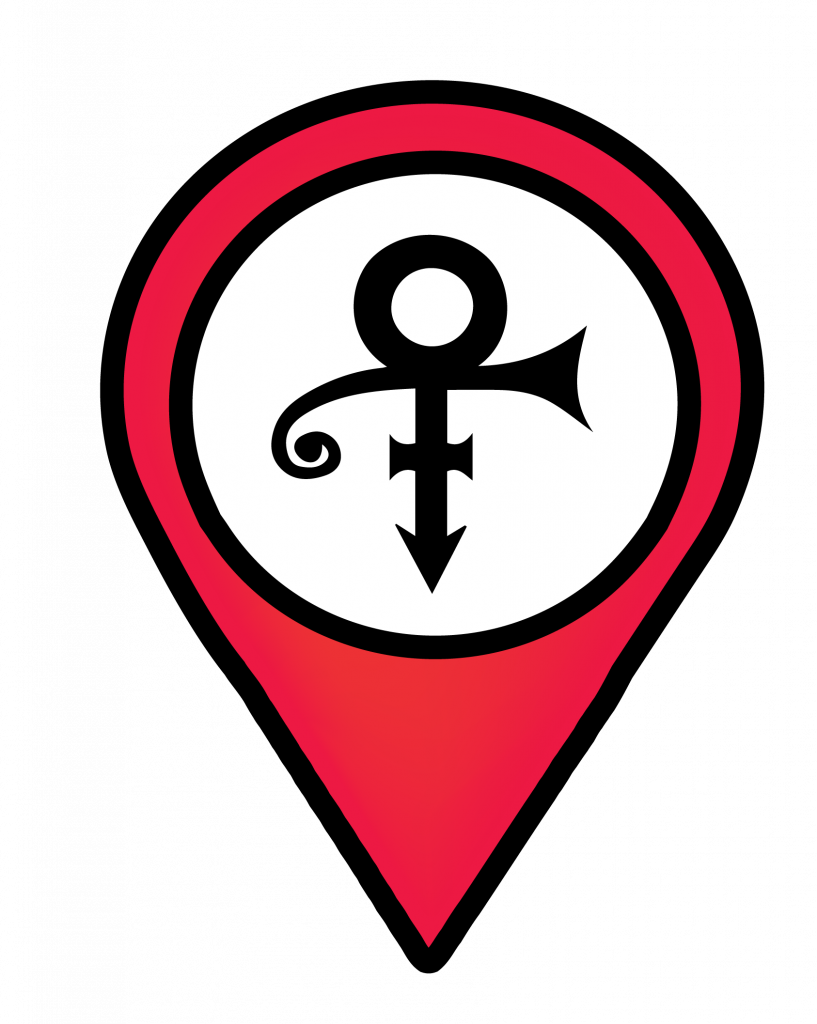13.1 Chapter Objectives
 Learning Objectives
Learning Objectives
The goals of this chapter are to give you a foundational understanding of human reproductive anatomy and how our anatomical structures, working in concert with the endocrine system, function to make baby humans.
- Define the following terms:
- Sexual dimorphism
- Secondary sex characteristics
- Endocrine system
- Menstruation
- Ovulation
- Follicular phase
- Luteal phase
- Describe and give examples of positive and negative feedback loops in reproductive signaling
- Compare and contrast male and female reproductive signaling
- List the major parts of the male and female reproductive systems and their functions:
- Hypothalamus
- Pituitary gland
- Penis
- Testis
- Scrotum
- Seminiferous tubules
- Epididymis
- Seminal vesicle:
- Bulbourethral (or Cowper’s) gland
- Prostate gland
- Ductus (or vas) deferens
- Ejaculatory duct
- Penis
- Urethra
- Follicle
- Corpus luteum
- Vagina
- Clitoris
- Labia minor
- Labia major
- Cervix
- Uterus
- Oviducts
- Ovaries
- List the important signaling hormones and what they do in male and female reproductive systems
- Describe the three phases of the female reproductive cycle and what happens during each phase in the uterus, the ovary, and the hormone levels
- List some ways that medications can impact reproductive functions

